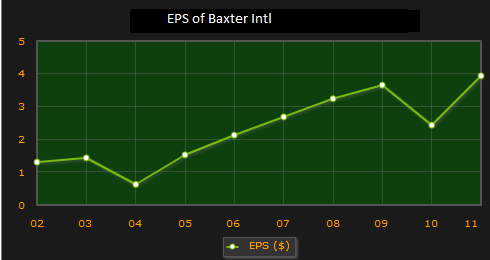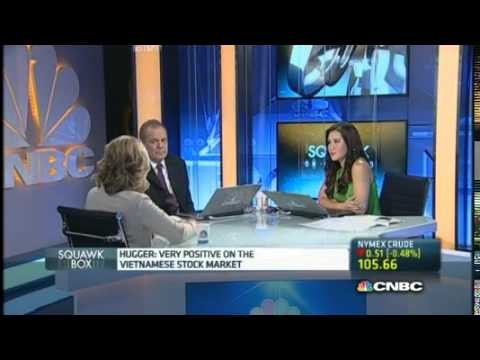What Dividends Say About Stock Health_2
Post on: 16 Март, 2015 No Comment

The dividend illusion
You might think that by living off dividend payments youre avoiding the sin of dipping into capital. But thats just an illusion.
Because cash the company once had in its coffers is being paid out to shareholders, the stock of a company that declares a dividend subsequently drops by the amount of that payment. Yet with so many things going on at once in the market, this is easy to miss.
If you invest, say, $100,000 in 1,000 shares of a stock that sells for $100 and pays a 50-a-share quarterly dividend, you would still have your original hundred grand (assuming the stock didnt move for any other reason), except that youd end up with $500 in cash and $99,500 in stock. Spend that $500, and youve essentially dipped into your capital.
Youll be no better off than the owner of 1,000 shares of a $100 non-dividend-paying company who sells five shares for $500 a strategy that the late economist Merton Miller famously referred to as creating homemade dividends.
When you rely on dividends, youre tying your cash flow to a corporate policy decision that has nothing to do with your needs. Selling shares, by contrast, lets you control how much money youll get from your nest egg and when.
The upside of selling
And with investments you own outside of retirement accounts, taxes can differ. When you get a dividend, the entire amount is taxable; when you sell a stock or a fund, you pay taxes only on the increase in value over your purchase price. By cashing out shares with the smallest gains or ones with a capital loss you may be able to minimize or avoid that tax in some years. Thats much harder to do with dividends.
Should Congress fail to extend the tax cuts scheduled to expire this year, this tax advantage could widen, as the current maximum 15% rate for qualified dividends would go to 39.6%, while the top rate for long-term capital gains would rise to just 20%.
The myth of safety
Another appeal of dividend payers is their perceived security. And its true that the stocks typically hold up better when the market falls.
But the more you tilt your portfolio toward dividend-paying stocks, the less diverse it will be. Of the 3,696 stocks in the Wilshire 5000 stock index, only 40% pay a dividend. Right there, youve eliminated roughly 60% of U.S. stocks from consideration.

The stocks you end up owning will be largely concentrated in a few pockets of the market. In mid-2012, for example, Vanguards Dividend Appreciation ETF had more than 50% of assets in two sectors: industrials and consumer stocks.
If you buy only high-yield stocks, says Dartmouth finance professor Kenneth French, the sacrifice in diversification is huge.
This can be a problem if the sectors delivering the most yield get whacked. Which is exactly what happened during the financial crisis: Dividend ETFs that were heavily invested in financial stocks saw prices plummet by as much as 60% from 2007 to 2009.
Im not predicting that dividend stocks will melt down as spectacularly again. But with investors flocking to them driving the P/E ratios of the highest-yielding stocks 25% to 30% above where they normally stand relative to the market they are vulnerable.
Rather than relying on dividends, take a more balanced approach. Start with a mix of stocks and bonds that gives you a reasonable tradeoff between growth and security say, 50% each. Then, using a total stock and a total bond market index fund as guides, make sure you are well diversified. Today, youd collect about 2% in interest and dividends from that portfolio.
If you need to supplement that and you probably will do so by creating homemade dividends.














